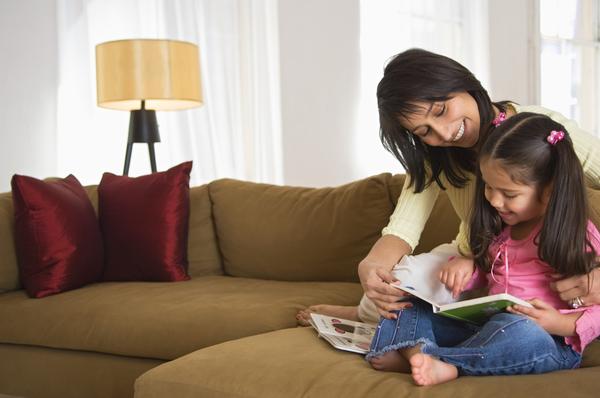Language Expansion Techniques for Parents to Use At Home
Parents are the best teachers of language. They have the most opportunities to impact a child’s language development. At-home speech therapy should include several important language expansion techniques that parents and other communication partners should use. While it might feel or sound silly, communication partners should talk aloud to young children, nearly narrating events and actions, even though the child might not respond. Some tips and techniques include:
Self Talk
Self talk is a technique where a communication partner should describe, in a narrative fashion, their actions or the things they see, feel and experience. For example, “I am pushing the train, choo choo” or “I see a big blue car, he car is driving fast” or “You need to get dressed, first I’ll get a shirt, then we need to find some pants.”
Parallel talk
Parallel talk involves describing the actions of the child while they are playing or otherwise carrying on. Again, it might sound silly because you are at times talking without expecting to carry on a conversation, but it’s important to map language concepts onto the child’s action so they can learn the meaning of those words. For example, “you are pushing the train, wow you are pushing it fast” or “you are so happy, I can see you smiling.”
Expansion
Language expansion is a way of re-wording a child’s utterance, which may be incomplete or short, into a complete sentence. For example, if the child says “baby cryin” you might say use language expansion to say, “A baby is crying.”
Scaffolding
Scaffolding is a bit similar to the above. Adults always want to challenge and teach the child by adding a bit more information. That is how children learn. Think of the phrase you heard a child say, and try to “one up” them by expanding the utterance ever so slightly. You can do this by adding a descriptor or verb, for example. If the child says, “truck” an adult could use expansion to say “big truck,” or “that’s a fast truck.” Children need models of new words so try to add a new word to their original sentence.
Where and When to use Language Expansion
There are many opportunities to use language throughout the day. While riding in the car, use self talk to describe things out the window, what you might see or what people are doing. At the dinner table, expand a child’s utterances or use scaffolding to a add more vocabulary (e.g., “hot noodles”). During book reading, encourage the child to point to and describe pictures on the pages and use expansion and scaffolding to expand utterances. And finally, during play with your child, use parallel talk while the child is pretending, stacking blocks, blowing bubbles or racing cars. You need not do it every minute of the day but to keep it in might often.




